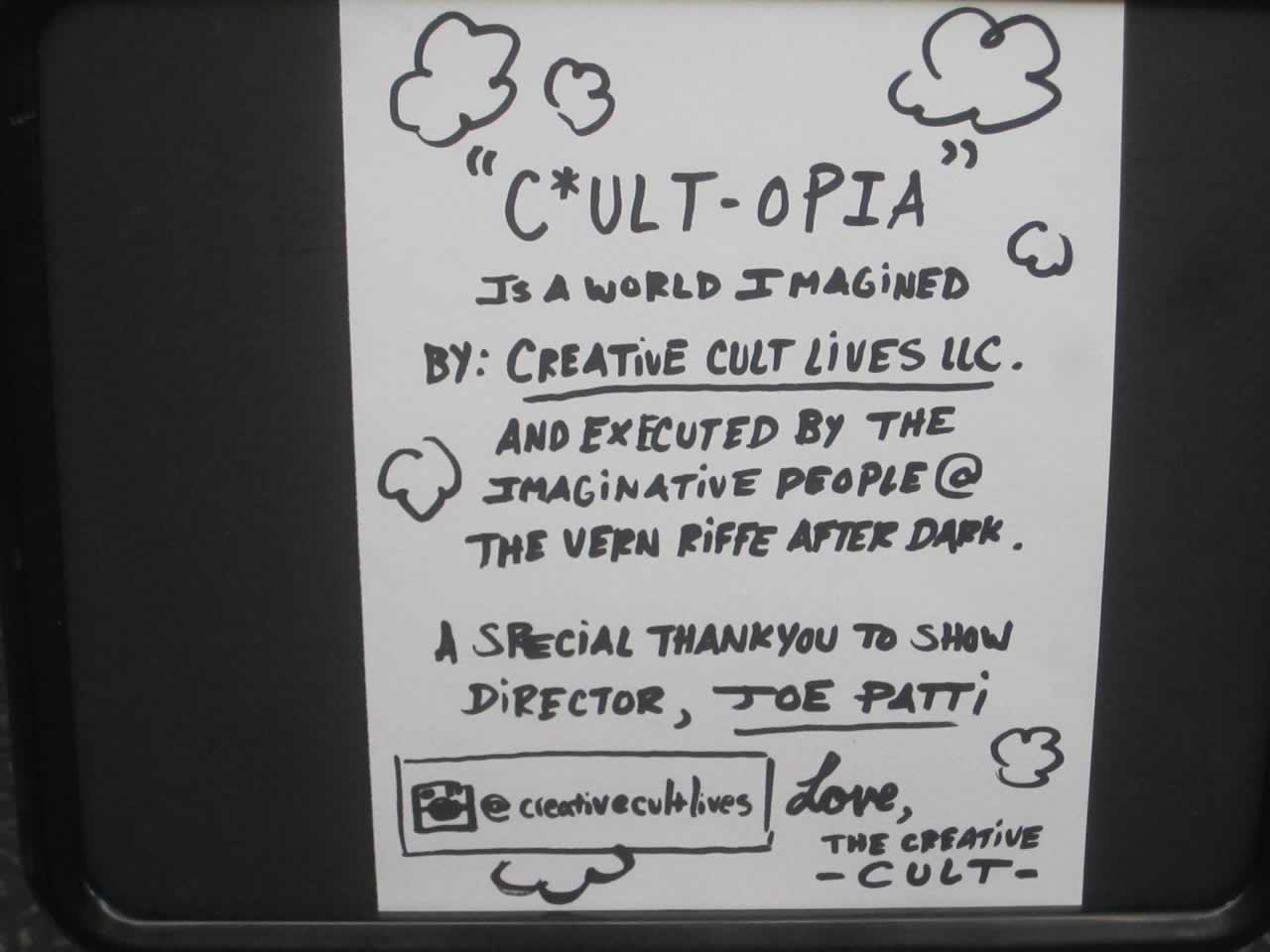Last week Isaac Kaplan wrote an editorial on Artsy about a study that suggested whether you were creative or not was partially a matter of perception.
I might not have gone on to read the study, but the title, “I Don’t Take My Tuba to Work at Microsoft”, kinda reeled me in. (Actually, the full title is, “I Don’t Take My Tuba to Work at Microsoft”: Arts Graduates and the Portability of Creative Identity.)
In the quest to help people recognize their capacity for creativity, figuring out how arts graduates craft their identities can be an important first step. The authors of the study note that the narrative we have for ourselves can serve as a coping mechanism in potentially disappointing outcomes,
…our notions of personal success and professional status, including the expectations we think others have for us; what roles we imagine for ourselves; and what work we are willing to do…for example, shows that an artistic or bohemian identity helps middle-class kids justify taking working class jobs.
Because viewed objectively, creative practice often requires executing repetitive tasks
“… for example, we label playing in a symphony “creative,” though it is to a certain extent “extremely repetitive and boring work..”
The researchers drew a large part of the data for their study from the The Strategic National Arts Alumni Project (SNAAP). The “don’t take my tuba..” in the title is a quote from one of the respondents.
As you might imagine, while some people didn’t find the work they were doing to be creative, others saw opportunities to employ the skills they had acquired in their arts training.
(The following are from three separate sections of the study, as reflected by the breaks in the left edge line)
As another former music major responded, “I can often apply the same creative thinking strategies I learned as a musician to scientific problems.”
Research is a remarkably creative process, which relates to the training I received at [arts school].
My education has been a solid foundation for being open and creative with my work, although it is an indirect relationship to my major course of study. I have been very effective professionally in large part because I use creativity in my approach to solving problems, planning, and innovating. I am able to see possibilities where others can’t, and I’m able to identify the consistent and related themes woven among seemingly divergent concepts . .
As an executive assistant, I have a boss who thinks in very grand sweeping terms and a staff that thinks in very precise “tell me exactly what I need to do” terms. As a theater director, I’ve learned how to speak both languages fluently, and often serve as “translator” to others. I also have a strong creative thought process, which I’ve applied to suggesting overhauls to many of our procedures to make our work much more efficient.
Likely none of the respondents were told their artistic background would be helpful in these ways when they were hired. They saw the opportunity to apply what they had learned to the situation.
I am by no means implying that the difference between people who view their training as being applicable to their positions and those that don’t is a matter of having an optimistic, can-do outlook. There are plenty of environments where initiative and innovation are not welcomed and actively stifled.
What I took away from the piece is that creativity is both a factor of perception and opportunity. It is not enough just to give people the opportunity to be creative, the perception needs to be cultivated and reinforced.
Packing boxes containing 100 bowls in the back of a truck may feel menial and boring whereas putting 100 bowls into a kiln to be fired may feel creative despite the first act taking 10 minutes and the latter taking over an hour.
It isn’t as simple as deciding the artist feels more invested in their work than a person loading a truck. Both may employ the same amount of diligence to avoid breakage. There is no guarantee the person loading the kiln isn’t an assistant hired to keep a space clean and yet feels they are engaged in a creative endeavor a la the old “…what and quit show business? joke.
How do you help people find that ineffable quality that makes all the difference?









Thanks for what you are doing to bring cultural change to the arts. It is so important to represent everyone.…